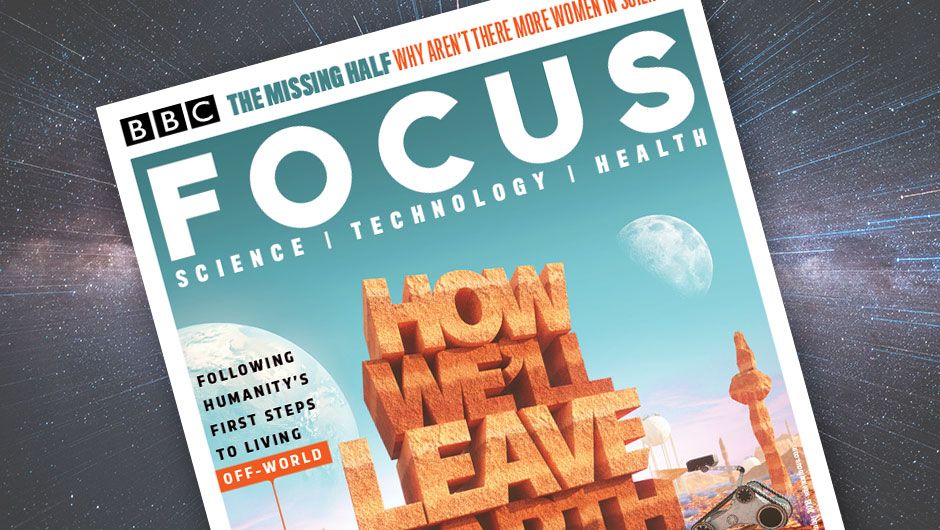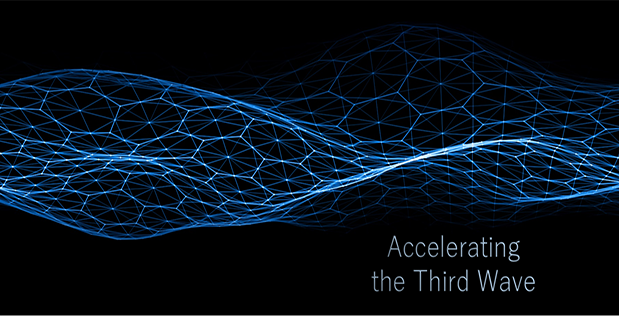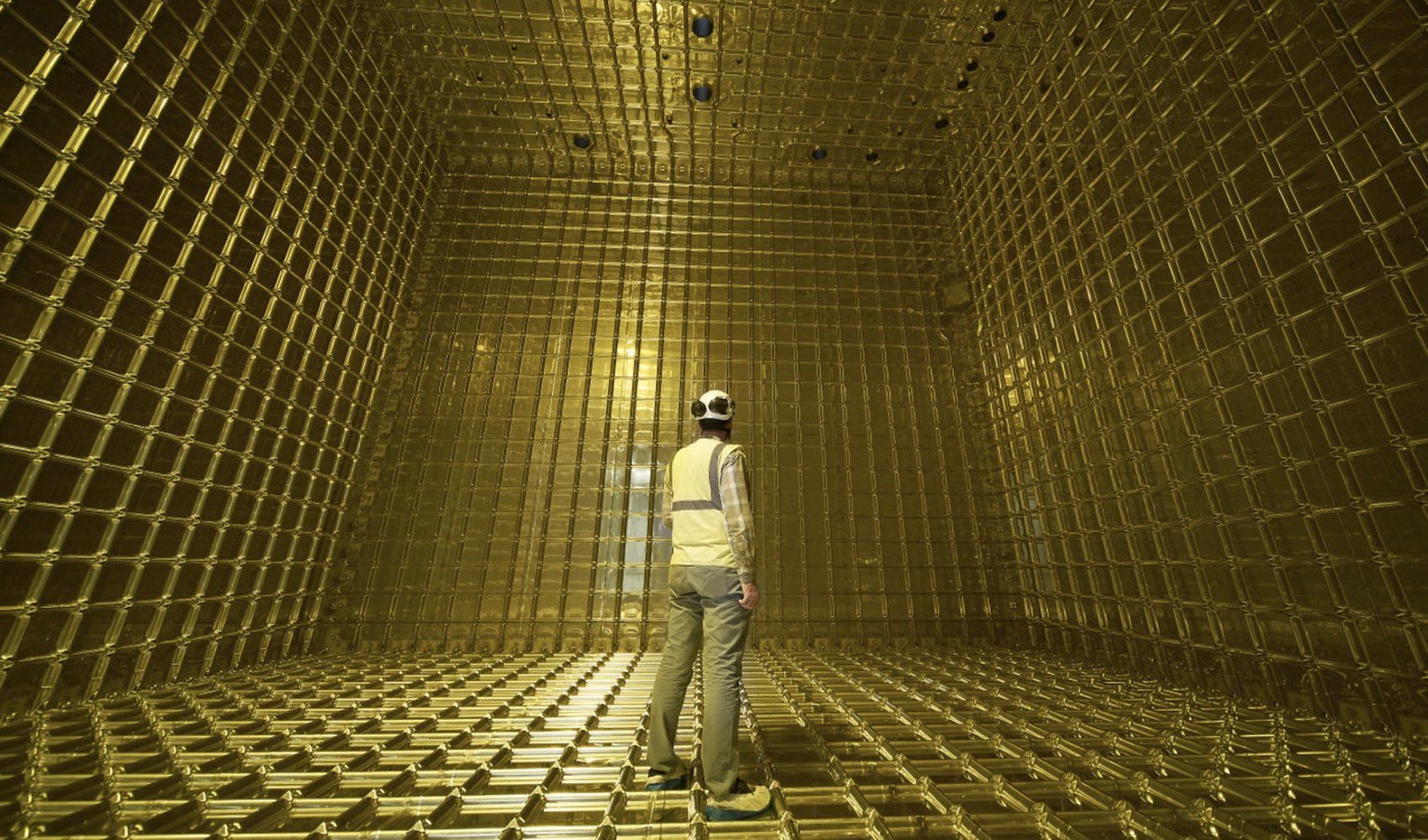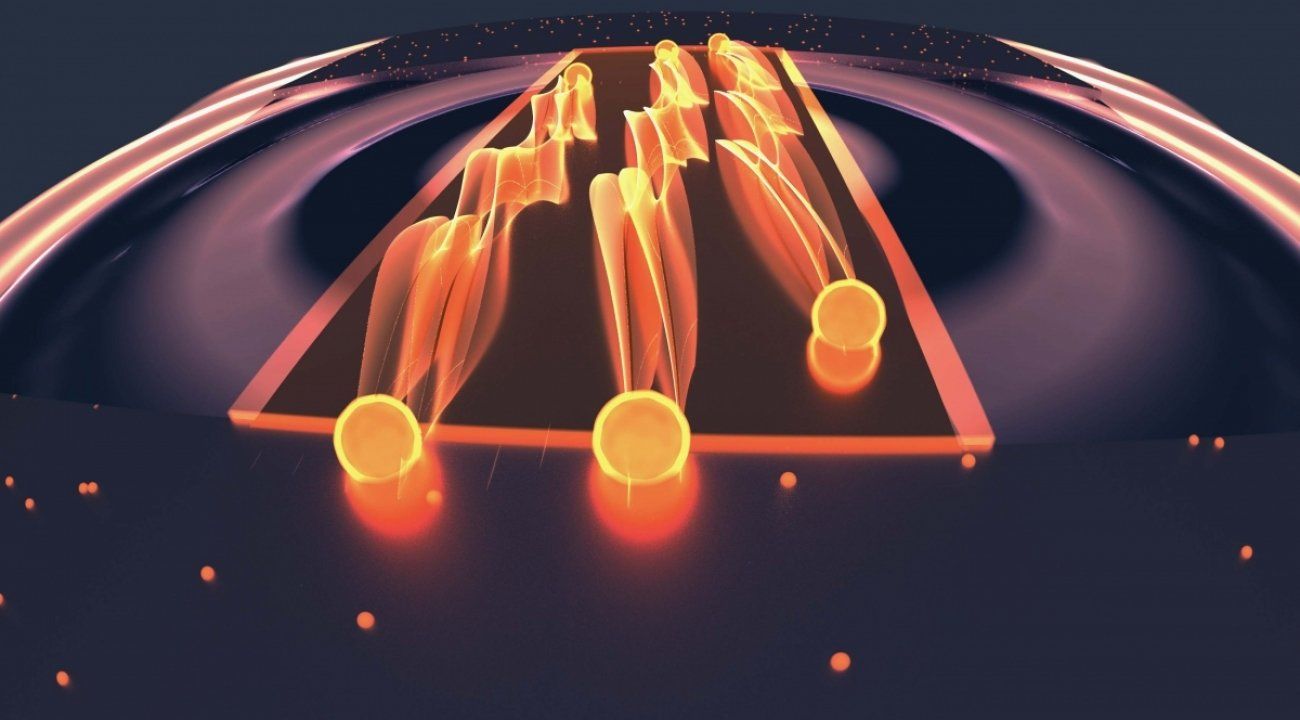It might sound like pie in the sky, but the idea of leaving Earth for good is one that scientists are taking seriously — we investigate in the new issue of BBC Focus.







Over its 60-year history, DARPA has played a leading role in the creation and advancement of artificial intelligence (AI) technologies that have produced game-changing capabilities for the Department of Defense. Starting in the 1960s, DARPA research shaped the first wave of AI technologies, which focused on handcrafted knowledge, or rule-based systems capable of narrowly defined tasks. While a critical step forward for the field, these systems were fragile and limited. Starting in the 1990s, DARPA helped usher in a second wave of AI machine learning technologies that created statistical pattern recognizers from large amounts of data. The agency’s funding of natural language understanding, problem solving, navigation and perception technologies has led to the creation of self-driving cars, personal assistants, and near-natural prosthetics, in addition to a myriad of critical and valuable military and commercial applications. However, these second wave AI technologies are dependent on large amounts of high quality training data, do not adapt to changing conditions, offer limited performance guarantees, and are unable to provide users with explanations of their results.
To address the limitations of these first and second wave AI technologies, DARPA seeks to explore new theories and applications that could make it possible for machines to adapt to changing situations. DARPA sees this next generation of AI as a third wave of technological advance, one of contextual adaptation. To better define a path forward, DARPA is announcing today a multi-year investment of more than $2 billion in new and existing programs called the “AI Next” campaign. Agency director, Dr. Steven Walker, officially unveiled the large-scale effort during closing remarks today at DARPA’s D60 Symposium taking place Wednesday through Friday at the Gaylord Resort and Convention Center in National Harbor, Maryland.
“With AI Next, we are making multiple research investments aimed at transforming computers from specialized tools to partners in problem-solving,” said Dr. Walker. “Today, machines lack contextual reasoning capabilities, and their training must cover every eventuality, which is not only costly, but ultimately impossible. We want to explore how machines can acquire human-like communication and reasoning capabilities, with the ability to recognize new situations and environments and adapt to them.”

The study of the subatomic world has revolutionized our understanding of the laws of the universe and given humanity unprecedented insights into deep questions. Historically, these questions have been in the philosophical realm: How did the universe come into existence? Why is the universe the way it is? Why is there something, instead of nothing?
Well, move over philosophy, because science has made a crucial step in building the equipment that will help us answer questions like these. And it involves shooting ghostly particles called neutrinos literally through the Earth over a distance of 800 miles (nearly 1,300 kilometers) from one physics lab to another.
An international group of physicists has announced that they have seen the first signals in a cube-shaped detector called ProtoDUNE. This is a very big stepping stone in the DUNE experiment, which will be America’s flagship particle physics research program for the next two decades. ProtoDUNE, which is the size of a three-story house, is a prototype of the much larger detectors that will be used in the DUNE experiment and today’s (Sept. 18) announcement demonstrates that the technology that was selected works. [The 18 Biggest Unsolved Mysteries in Physics].

The power of human emotion!
Researchers from Indiana University and the California Institute of Technology say the new simulations could help us better understand major astrophysical phenomena, such as gravitational waves.
‘The strength of the neutron star crust, especially the bottom of the crust, is relevant to a large number of astrophysics problems, but isn’t well understood,’ says Matthew Caplan, a postdoctoral research fellow at McGill University.
Neutron stars are the product of supernovas, and are extremely dense.